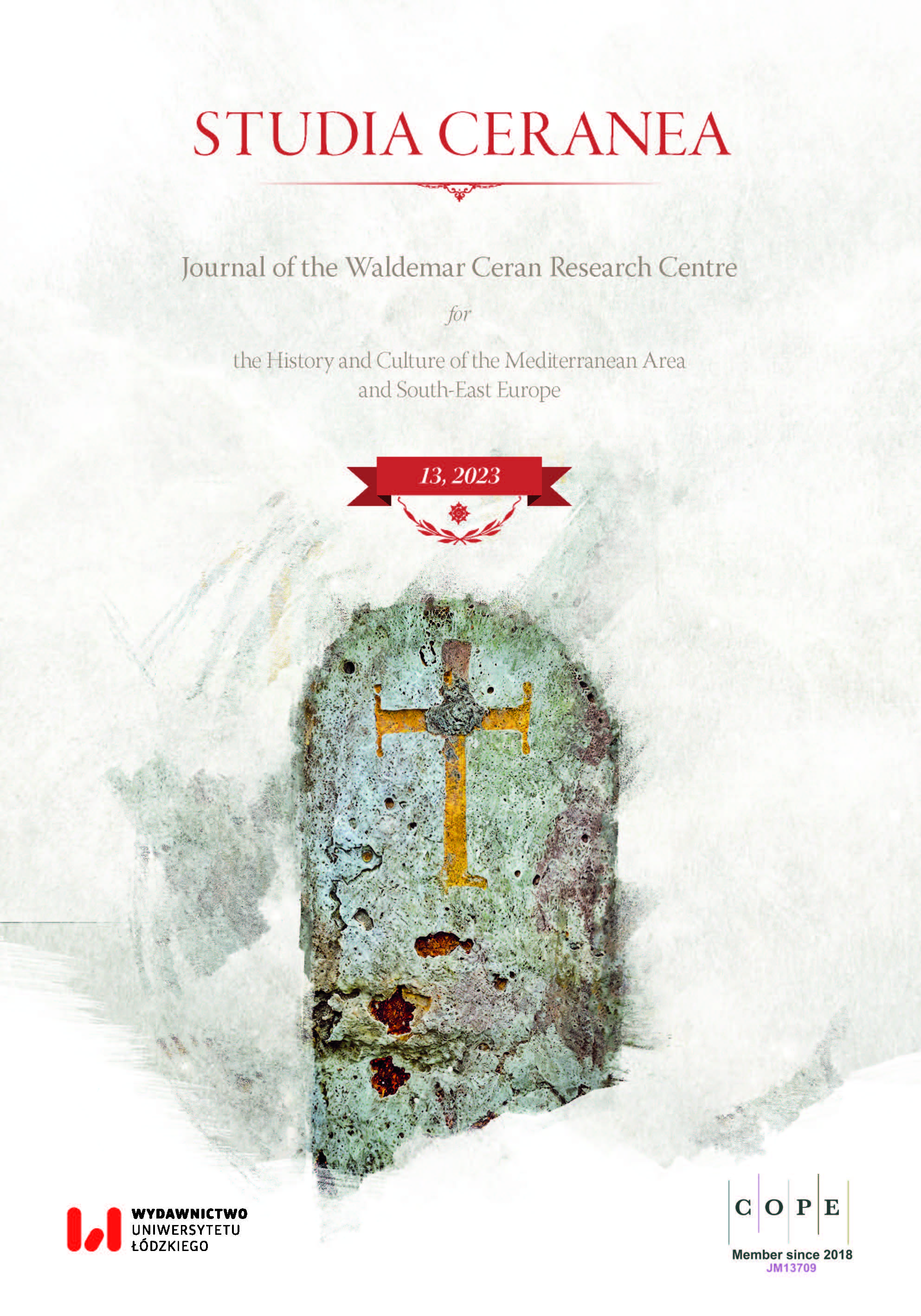Female Monastic Patronage in Medieval Georgia: Queen Tamar and Her Monastery in Tighva
Female Monastic Patronage in Medieval Georgia: Queen Tamar and Her Monastery in Tighva
Author(s): Natia NatsvlishviliSubject(s): Theology and Religion, 6th to 12th Centuries
Published by: Wydawnictwo Uniwersytetu Łódzkiego
Keywords: female monastic patronage; medieval Georgia; queen Tamar; monastery in Tighva
Summary/Abstract: Tighva Monastery was founded by Queen Consort Tamar, the daughter of David the Builder, a famous Georgian king who succeeded in uniting the country and making it a dominant regional power. According to the written sources, Tamar was married to Shah Manuchehr III, the Muslim ruler of Shirvan (modern Azerbaijan) around 1111, in order to “rule over Shirvan”. Tamar lived and reigned in the Muslim court for more than twenty years. Resulting from a need to secure a retirement home and final resting place, she initiated the construction of Tighva Monastery soon after her return to Georgia in the 1140s. As her husband Manuchehr died in 1160, it seems that Tamar left Shirvan still a married woman, for unknown reasons. Tamar cut ties with her family and spent the remainder of her life as a nun in Tighva.The Church of the Crucifixion in Tighva Monastery, which represents the main focus of this paper, gives a good example of how the place occupied by women during the Divine Liturgy not only indicated their social status, but also determined their visibility, demonstrating how architecture could be used to establish the limits of physical appearance of royal women in the twelfth century Georgian monastic space.
- Issue Year: 2023
- Issue No: 13
- Page Range: 599-617
- Page Count: 19
- Language: English

